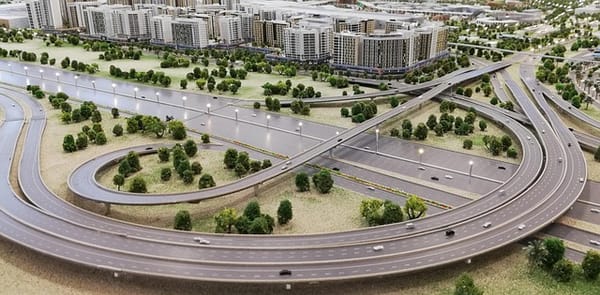VI. Toward Goetheanums of the Future
“Not buildings first — but gestures, rhythms, and the courage to see.”
The Goetheanum of the future will not begin as architecture. It will begin as meeting. As recognition. As rhythm. As a gesture of care where life and spirit converge.
A New Threshold Architecture
The sanctuaries to come will not all look the same. Some will be nestled in rural stillness, others embedded in cities. Some will resemble small villages. Others may be mobile—quiet, discrete, itinerant centers of warmth and perception. All will share a common logic: form must follow becoming, not function alone.
“The spiritual form arises not from blueprint, but from inner necessity.”
Arising from Real Needs
What matters is not idealism, but attentiveness to the real situations in which people find themselves. From places of shared existential concern—grief, illness, disorientation, longing—can arise the seed of something lasting. When people begin to gather, not out of ideology, but out of necessity of soul, then a living form can emerge.
This can take many shapes:
- A circle of parents building a school in a remote town
- A small group revitalizing an abandoned village
- A cooperative household grounded in rhythm and artistic work
- A decentralized support network of mobile practitioners
The essence lies not in the outer appearance, but in the etheric coherence that underlies it.
The Role of Waldorf Initiatives
This has already quietly occurred. Around many Waldorf schools, small communities have emerged—families moving from afar, seeking resonance with their children’s deep needs. These spontaneous micro-villages carry the potential of future Goetheanums: places where:
- Shared values are lived, not enforced
- The human being is held in their full spiritual becoming
- Karmic meetings unfold in freedom, not compulsion
- Inner development is mirrored by communal form
💡
“Goetheanums of the future will not rise as monuments, but as responses—living answers to the threshold cries of our time.”







